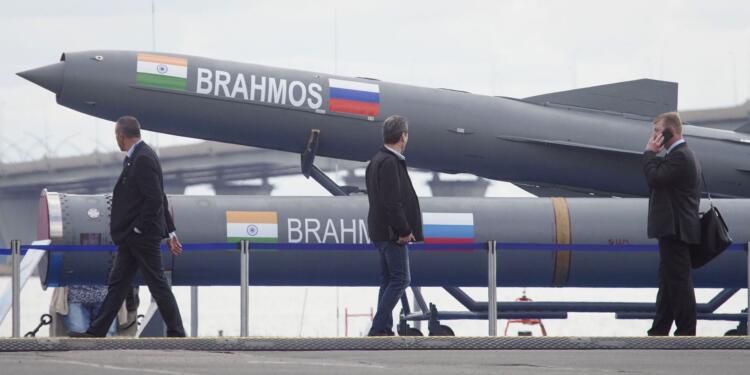Security breaches within defense research organizations pose significant threats to national security and can have far-reaching consequences. The recent revelation of a security breach at BrahMos Aerospace, allegedly involving a former Director General (DG) of the Defence Research and Development Organisation (DRDO), Sudhir Mishra, highlights systemic vulnerabilities within India’s defense establishment. The BrahMos Aerospace incident has broader trends in security breaches within the DRDO community.
On Sudhir Mishra’s retirement day, a logistics company was hired to remove approximately 40 boxes of materials from BrahMos premises without proper documentation. Subsequent investigation revealed that Mishra, a senior DRDO scientist, had returned certain files and documents, including one labeled ‘CONFIDENTIAL’, post-retirement. This incident not only raised concerns about Mishra’s actions but also shed light on significant security lapses within BrahMos Aerospace, including missing CCTV footage and discrepancies in item registers.
Systemic Vulnerabilities: The BrahMos incident underscores systemic vulnerabilities within defense research organizations. Security protocols, including access control, surveillance, and documentation, appear inadequate, allowing unauthorized removal of confidential materials.
Leadership Accountability: Mishra’s involvement in the security breach raises questions about leadership accountability and ethical conduct within DRDO. As a former DG, Mishra held a position of trust and responsibility, making his alleged actions particularly concerning.
National Security Risks: The mishandling of confidential documents poses grave risks to national security. BrahMos Aerospace is involved in the development of strategic defense systems, and the compromise of sensitive information could undermine India’s defense capabilities and compromise strategic interests.
Regulatory Compliance: The incident highlights the need for stricter enforcement of regulatory compliance and oversight mechanisms within defense research organizations. Proper documentation, stringent access controls, and regular audits are essential to prevent security breaches.
Personnel Training and Awareness: Strengthening personnel training and awareness programs is crucial to fostering a culture of security consciousness within DRDO and affiliated organizations. Employees must be educated about the importance of safeguarding classified information and trained to adhere to established security protocols.
Reputational Damage: The BrahMos incident has the potential to tarnish the reputation of DRDO and BrahMos Aerospace, both nationally and internationally. Incidents of security breaches undermine public confidence in the capabilities and reliability of defense research organizations, impacting collaborations and partnerships with foreign entities.
The BrahMos incident is not an isolated case but part of a broader trend of security breaches within the DRDO community. Previous incidents, including the dismissal of Pradeep Kurulkar for suspected information leaks and the arrest of an engineer for divulging sensitive information to foreign agents, highlight persistent challenges in safeguarding classified data.
In conclusion, the BrahMos Aerospace incident serves as a wake-up call for India’s defense research community, highlighting the urgent need for enhanced security measures, stricter regulatory compliance, and improved personnel training and awareness programs. Addressing systemic vulnerabilities, ensuring leadership accountability, and prioritizing national security interests are imperative to prevent future security breaches and safeguard India’s defense capabilities.
Also Read: BrahMos Missile: The Supersonic Darling of India’s Defense Arsenal































